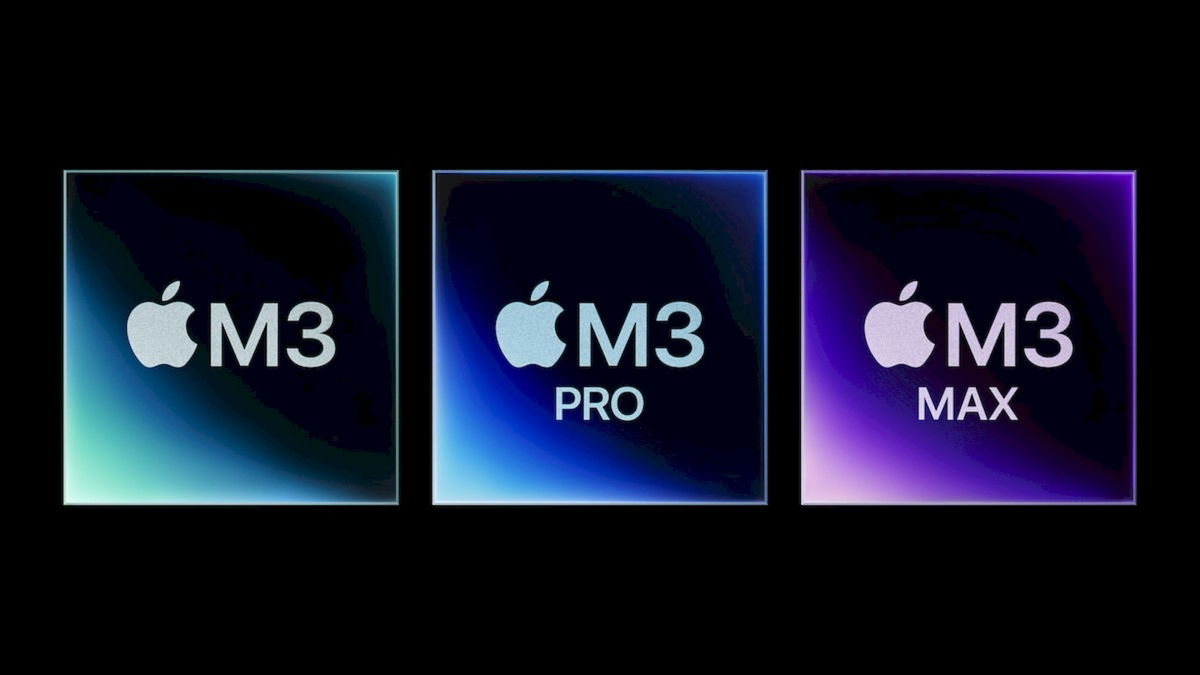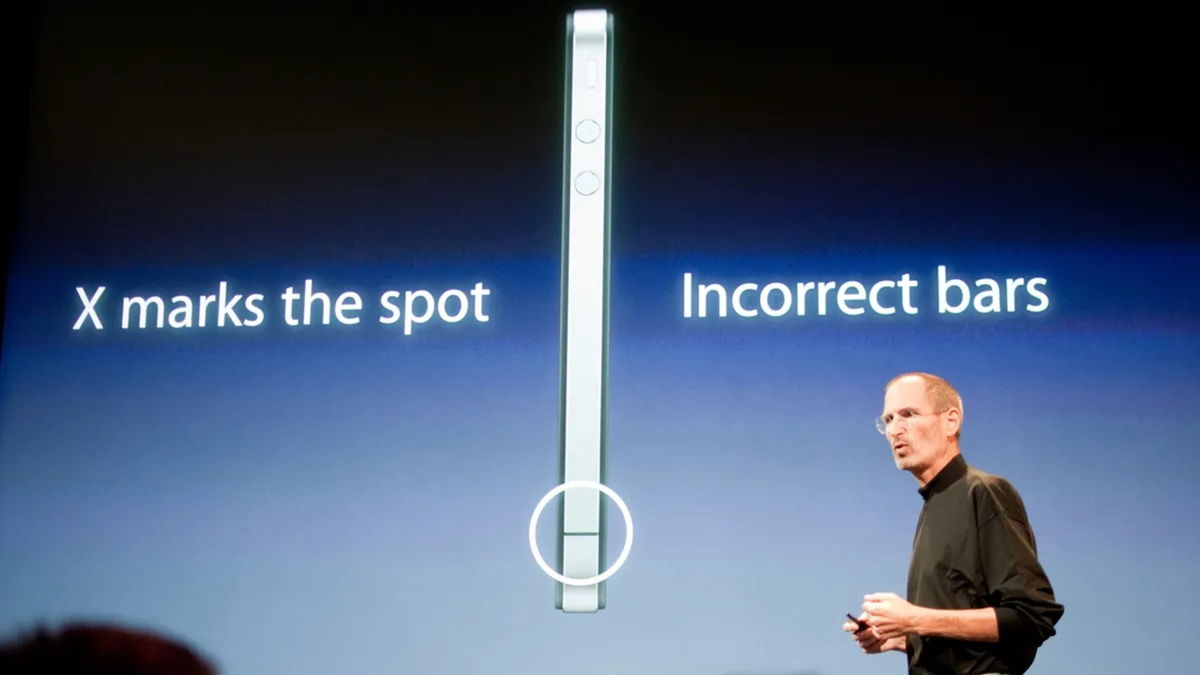M3 chip vs M3 Pro chip vs M3 Max chip: all power differences
Apple introduced three Apple Silicon processors with the launch of the new MacBook Pro series.
In the early hours of Spain on October 31, 2023, Apple surprised the world with its special event “Scary Fast” and a spooky and scary Halloween environment; Some fog-shrouded footage of Apple Park and strangely elegant music of terror Marking the beat and accompanying it Announcement of new hardware products.
Apple introduced the M3 chip and two MacBook Pro models and the 24-inch iMac, in which the M3 Pro and M3 Max chips are implemented. Let’s examine what each chip of the next generation Apple Silicon …

Apple Park ‘dressed up’ as Halloween to welcome new products
M3, M3 Pro and M3 Max chips are welcomed

The power of M3 series chips will bring unrivaled performance to MacBook Pro
Apple Silicon’s new M3, M3 Pro and M3 Max chips are produced through a process. 3 nanometers Providing high-end performance and greater energy efficiency to processors from TSMC.
“Apple Silicon has absolutely redefined the Mac experience. Every aspect of its architecture is designed to increase performance and energy efficiency.”
These are the first chips in the history of the personal computer industry to offer this technology and have also been implemented. Major advances in graphics architecture, rendering and process execution.

GPU memory usage with Dynamic Caching
For example new technology Dynamic Caching It allows you to use only the local memory required for real-time execution of a task and frees the system from excess memory, allowing it to deliver much higher performance than the M2, M2 Pro and M2 Max chips.
M3 chip
- 8 core processor:
- 4 high performance cores.
- 4 high efficiency cores.
- 10 GPU cores:
- New generation architecture.
- Dynamic Caching.
- Mesh Shading.
- Ray tracing.
M3 Pro
- 12 core processor:
- 6 performance cores.
- 6 efficiency cores.
- 18-core GPU:
- New generation architecture.
- Dynamic Caching.
- Ray tracing.
M3Max
- 16 core processor:
- 12 performance cores.
- 4 efficiency cores.
- 40-core GPU:
- New generation architecture.
- Dynamic Caching.
- Ray tracing.
- Mesh Shading.
Comparison of next generation Apple Silicon
They say comparisons are disgusting. But when you compare a product very well designed, very well adapted It is a real pleasure to meet the consumer’s every need. Each of the new M3 series chips is designed for a specific product configuration; in this case, it is included in the iMac and MacBook Pro.
The M3 chip includes a CPU and GPU with the same number of cores as the M2 chip, but Just because two chips have the same number of cores doesn’t mean there aren’t performance improvements. According to Apple, both its CPU and GPU are 20% faster than the M2 chip.

Increased performance compared to M1 chips
The changes implemented in the M3 series chips are the company’s Design an architecture with a larger number of transistors and provide a larger unified memory from your devices. Something clearly reflected below Comparison Chart Between the M3, M3 Pro and M3 Max chips.
| M3 | M3 Pro | M3Max | |
|---|---|---|---|
| Producing | 3nm | 3nm | 3nm |
| Transistors | 25 billion | 37 billion | 92 billion |
| data store | 24 GB combined memory | 36 GB combined memory | 128 GB combined memory |
| Processor | 8 cores 4 performances 4 efficiency |
12 cores 6 performances 6 efficiency |
16 cores 12 performances 4 efficiency |
| GPU | 10 cores | 18 cores | 40 cores |
| Neural Engine | 16 cores | 16 cores | 16 cores |
| Hardware Accelerated Ray Tracing | Yes | Yes | Yes |
| Dynamic Caching | Yes | Yes | Yes |
Now we just have to wait for the firsts to appear. performance test To see more precisely how performance has been improved across the new M3, M3 Pro and M3 Max family of chips, check out the processors in the 24-inch iMac and the new 14-inch and 16-inch MacBook Pro.
Source: i Padizate













